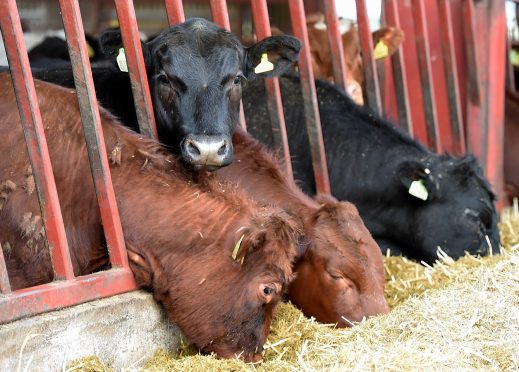Cattle passports could soon become a thing of the past with the advent of electronic identification (EID) technology.
Bob Yuill of ScotEID, which runs and manages a database for recording animal movements in Scotland, said work was ongoing to prepare for a move to cattle EID next year.
Speaking at a meeting of the regional agricultural advisory group Nesaag, which comprises councillors from Aberdeenshire, Aberdeen City, Angus and Moray, Mr Yuill said EID tags in cattle had huge potential for industry.
“The bit we are working on just now is cattle EID,” said Mr Yuill.
“The reason is that BCMS has really come to the end of its life and it’s going to be switched off in September 2019. Scottish Government has said we are going to build our own system and we are going to move on EID as soon as possible.”
He said the objective of the move for farmers would be the removal of cattle passports.
“We have built software which can talk to any [EID tag] reader anywhere,” added Mr Yuill.
He said EID tags, which are simply sensor systems, could lead to the development of more sensors in agriculture.
In the cattle industry, Mr Yuill said future use of EID and sensors could result in farmers being alerted when cows were unwell and not getting up to drink, or when a gate had been opened and animals had escaped.
The key, however, was the use of long-range area networks for wireless technology, and Mr Yuill said a trial of this type of system was currently taking place in the Stonehaven Basin.
“We would love to be able to record the cattle as they go through gates. It would pick up movements from one holding to another,” added Mr Yuill.
